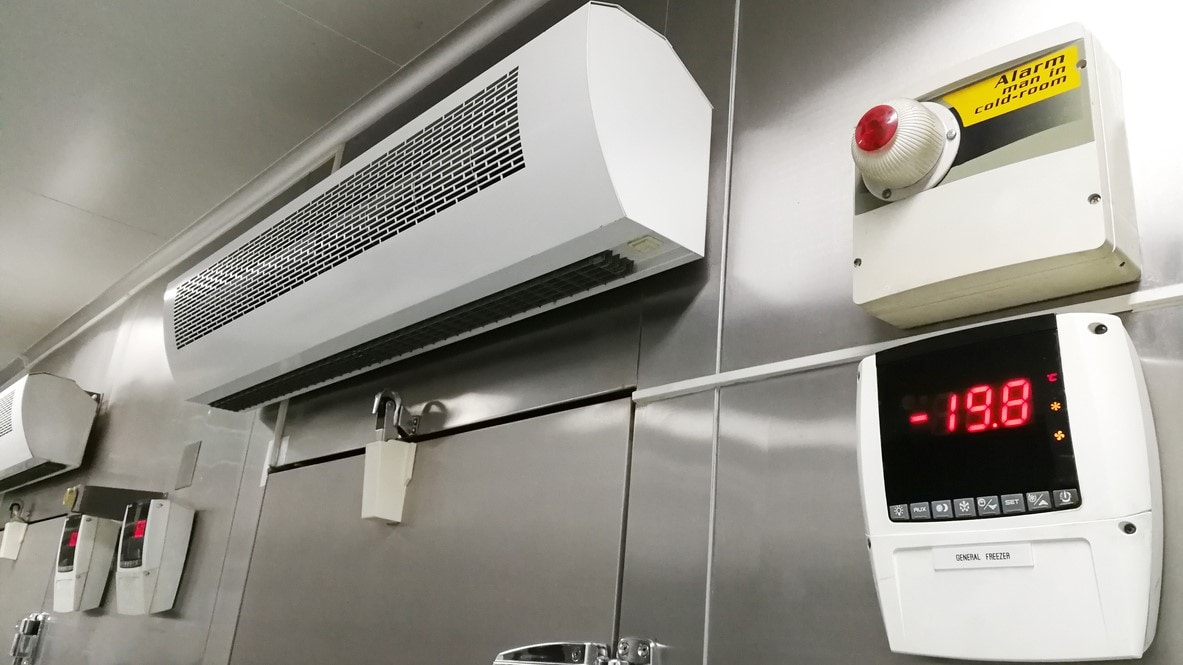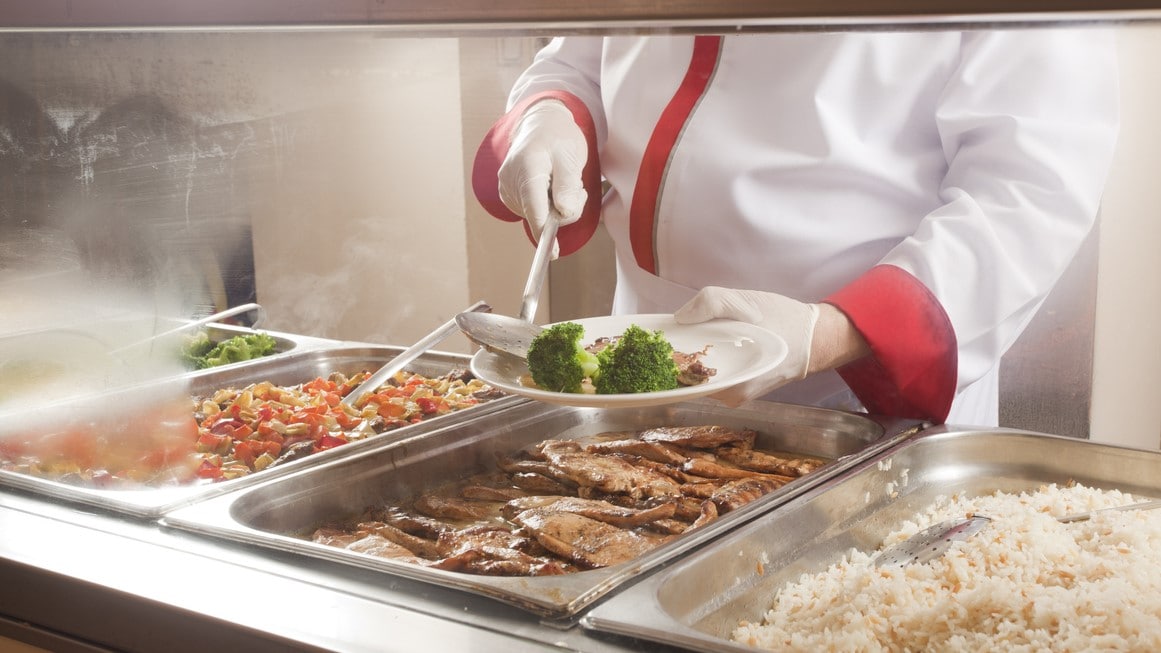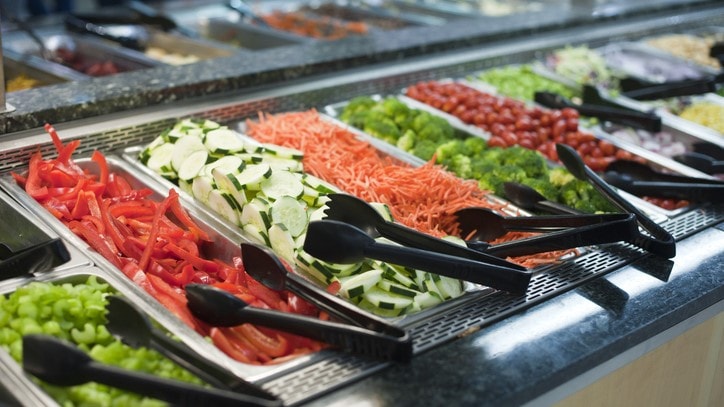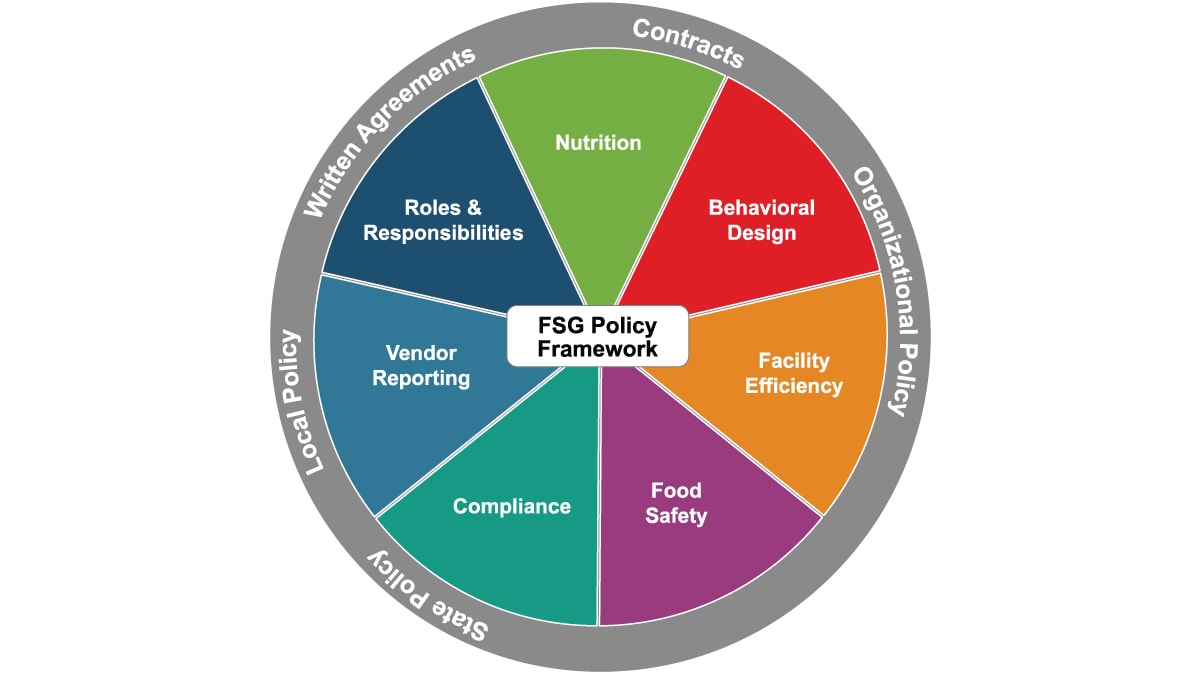At a glance
Food safety standards are one topic that can be included in food vendor contracts and organizational policies across multiple food service guidelines (FSG) settings. Consider using the sample language below to help reduce the risk of foodborne illnesses and outbreaks in food service operations.

Introduction
Including food safety standards in food service guidelines (FSG) policy will help ensure applicable state, local, and tribal food safety regulations are followed. These standards also name managerial practices, employee behaviors, and food preparation techniques that go beyond those described in the Food and Drug Administration's Food Code. Using these additional standards can help further reduce the risk of foodborne illnesses and outbreaks that are sometimes common in food service operations.
This page provides sample language for incorporating food safety standards into food service guidelines. This language is for illustrative purposes only.
Sample language: Food Code
The vendor must follow the guidance and standards in the most recently published Food Code (and all supplements) relating to food safety procedures and practices.
Sample language: Certified food protection managers
The vendor must have at least one management/supervisory employee (not necessarily the Person in Charge) who is a Certified Food Protection Manager present during all hours of operation.

Sample language: Other food safety considerations
The vendor is always expected to follow the most current Food Code. The vendor may also select to implement one or more of the following standards to further reduce risk of foodborne illness:
Food safety management system/active managerial control
- Establish a comprehensive written food safety plan that seeks to achieve active managerial control of foodborne illness risk factors, including but not limited to:
- improper holding temperatures
- inadequate cooking, such as undercooking raw shell eggs
- contaminated equipment
- food from unsafe sources
- poor personal hygiene
- improper holding temperatures
- The plan could describe the food safety procedures for the food service facility, including how employees are to be trained on those procedures and how leadership plans to monitor proper implementation of those procedures.
Undercooked meat, poultry, and egg products
- Do not serve raw or undercooked meat, poultry, or egg products, even upon request of the customer.
Practices to control Listeria monocytogenes in ready-to-eat products
- Develop and implement written sanitation and temperature control programs that target the control of Listeria monocytogenes in ready-to-eat products. Include documentation of the following:
- Cleaning frequencies for equipment, utensils, and nonfood contact surfaces (e.g., walls, floors, and ceilings).
- Temperature control in coolers, deli cases, and refrigerators.
- Cleaning frequencies for equipment, utensils, and nonfood contact surfaces (e.g., walls, floors, and ceilings).
Sick employees
- Develop and implement a written employee health policy that outlines the following:
- How employees are trained on the reporting of symptoms, diagnoses, and activities that are associated with the transmission of foodborne illness from food workers and how such training is documented.
- The policies for excluding, restricting, and reinstating employees who have or report symptoms, diagnoses, or activities as described in the Food Code.
- How employees are trained on the reporting of symptoms, diagnoses, and activities that are associated with the transmission of foodborne illness from food workers and how such training is documented.
Food handler training
- Develop and implement a written policy that addresses employee food safety training.







